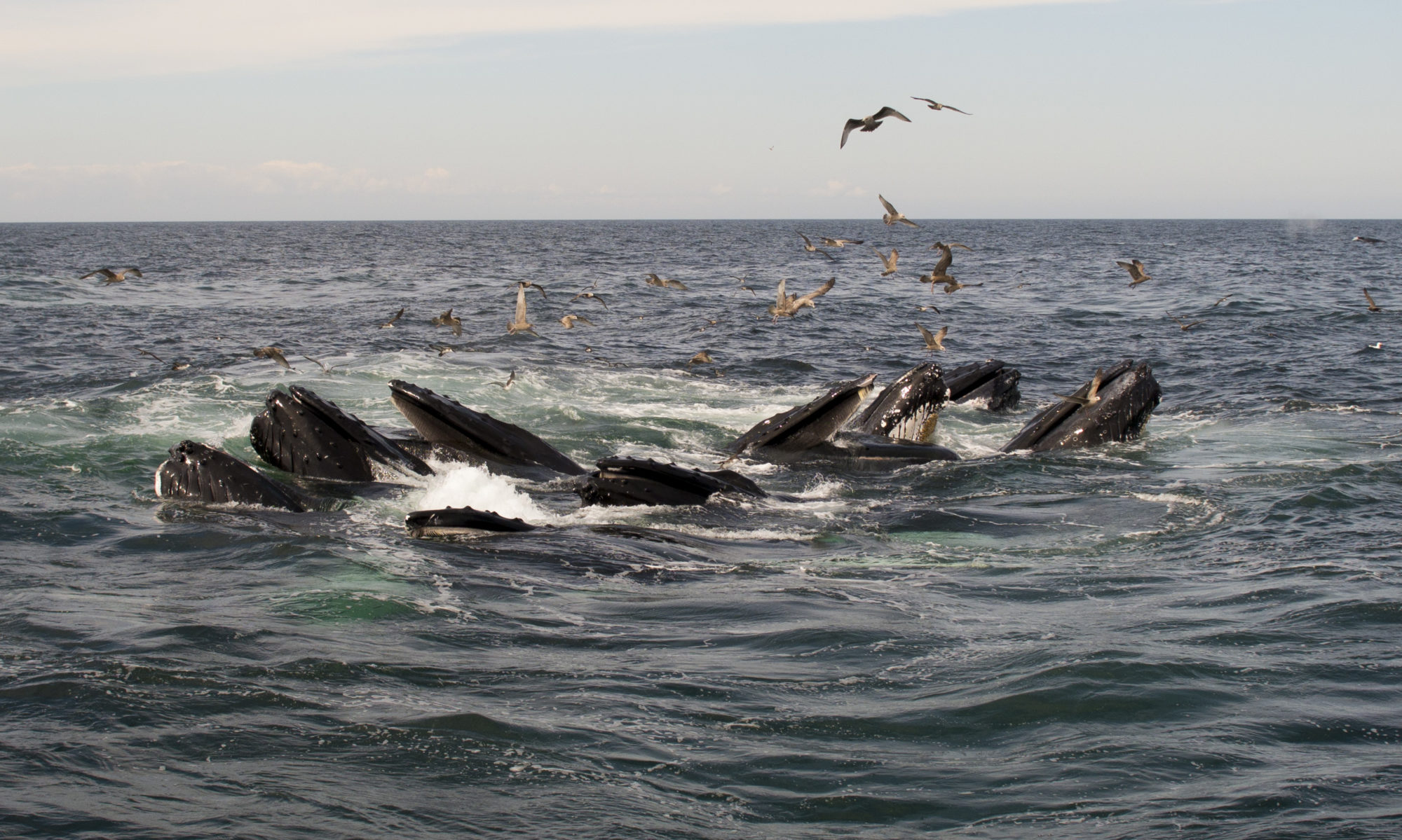By Jeffrey A. Lockwood. What a fantastic little book of essays from a Unitarian Universalist professor of entomology at the University of Wyoming.
In “Confession of a Deserter” Lockwood addresses the scientific hegemony on defining truth and argues:
I would not advocate a form of epistemological relativism in which any question can be answered with any method (mathematical theorems are not proven by prayer, despite my desperate entreaties during geometry exams), but for the big questions of the world, there needs to be scientific humility and epistemological pluralism. The question of human existence is a matter of both how we came to be (the legitimate purview of science) and why we came to be (the valid realm of religion). For scientific texts to assert that there is no purpose or direction in evolution is as unfounded as the religious tracts that claim to interpret fossil evidence and geomorphology in terms of the Bible. Science has no method, text, or instrument to detect meaning in the universe.
Later in the same essay, he describes a widely interdisciplinary engagement:
I co-taught a course on science and religion in which we had the four instructors (a theologian, a sociologist, a zoologist, and me) engage in a panel discussion of holism. From this discussion emerged three conceptual models, best illustrated with an example. Let’s assume that we want to develop a management plan for a lake. The “scientific model” of holism would suggest that sound management requires the involvement of biologists, chemists, hydrologists, geologists, atmospheric scientists, and the like. No single scientist coudl possibly have sufficient expertise in all of these fields. The class generally agreed that scientific holism was a better approach than claiming to understand the lake through any one discipline. However, there was a more expansive approach, the “academic model” of holism. According to this notion, the team studying the lake should be composed not only of these scientists but also of historians, anthropologists, sociologists, political scientists, and economists. This breadth of expertise assured that matters of policy, culture, and valuation were included. In general, the inclusion of the soft social sciences was viewed as an enlightened concession, but this was as far as holism could be taken. The final approach was my “radical model” of holism, in which the team would include a shaman, a poet, and a fish. For the most part, my colleagues and students found this to be absurb–these entitites could not even communicate with the scientists. I hesitated to suggest that they might, however, be able to communicate with the lake. In fact, perhaps the shaman and poet were the only beings who might be aopen to communication with both the fish and the chemist.
It’s published by Skinner House Books.
